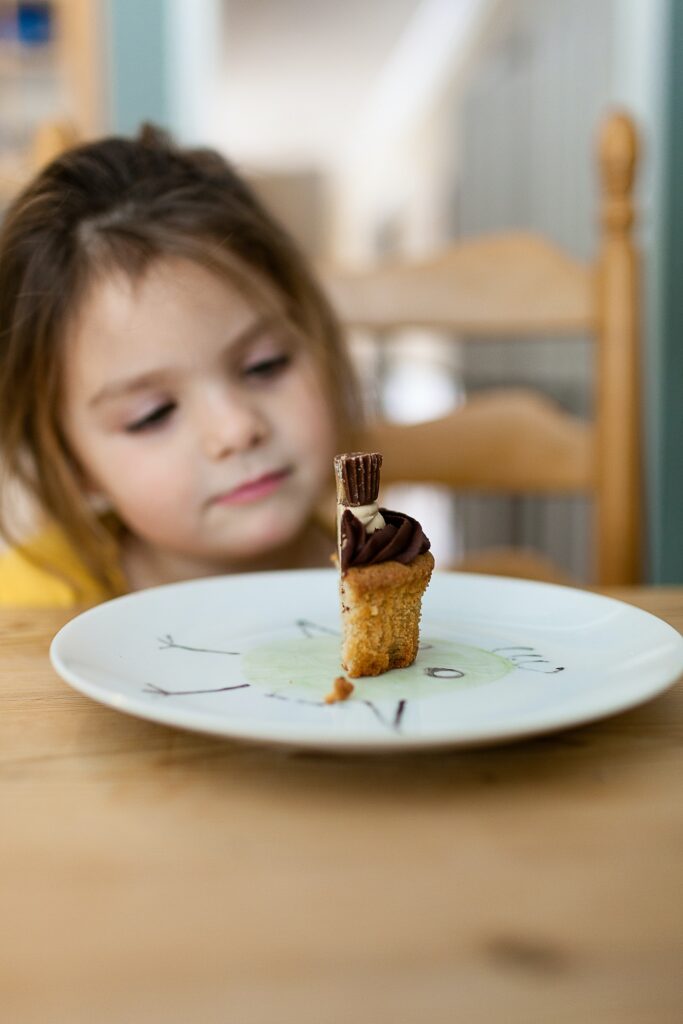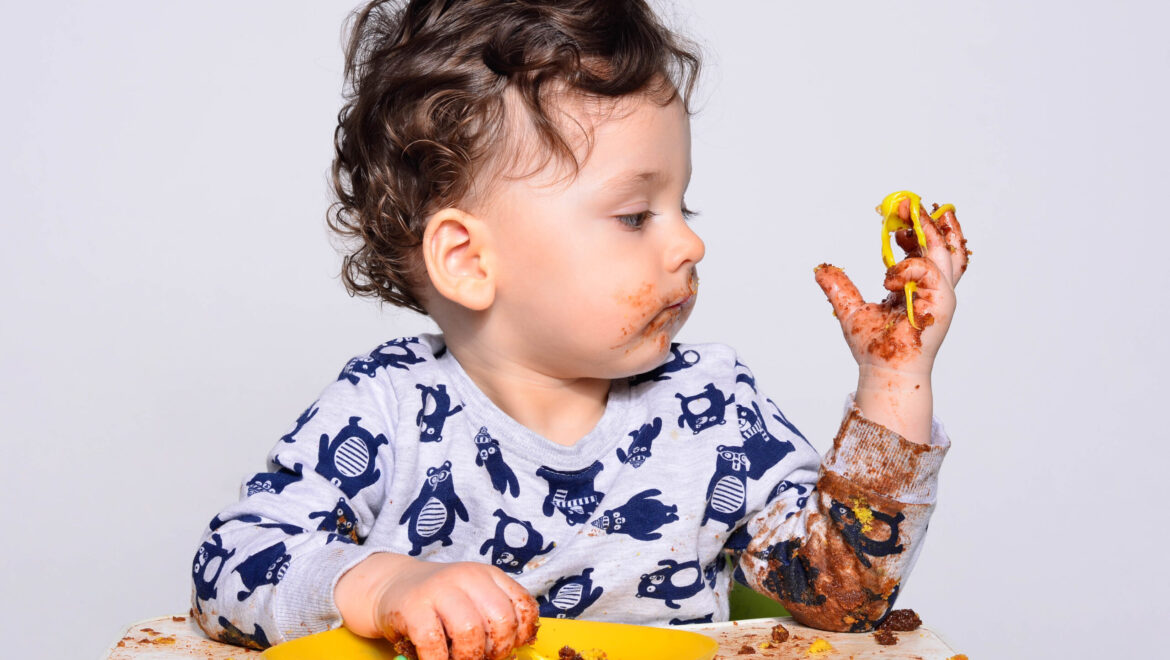Fussy feeding is SO common. Children have to learn how to eat and what is good to eat. They do this through experience, through learning from others and through cultural norms. So, if they have to learn what is ‘good’ to eat, we have to teach them.
Children don’t eat for pleasure. Healthy children will eat enough calories for what they need. If they have limited lunch, they will make it up at dinner or through snacks, or even breakfast the next day. Learn to trust their appetite. Some days we are hungrier than other days. Sometimes we skip breakfast but have a huge lunch.
Make it a sociable experience
Where possible eat with them. It not only naturally creates a sociable experience, but it also takes the pressure of them being ‘watched’ when they eat. To optimise this, try to eat the same thing as them. They will then see that what they are eating is ‘safe’. How many times do they want to eat what you are eating? How many times do you have hide what you are eating because then they will want it? So, try eating at mealtimes with them and it may have the same effect!
When you go out with friends for a meal do you talk about what you are eating for the majority of the meal? I might comment ‘this is delicious’ or ‘this is a bit salty’ but I won’t spend the whole mealtime talking about what is on my plate. However, with kids, I have found myself slipping in to that habit. My advice here is talk about anything except the food and what they are ‘meant’ to be doing. Talk about a book you have read, or what you did that morning and make it a sociable, non-pressured experience.

Division of responsibility
This is my ‘go-to’ advice. SO SIMPLE. Parent’s responsibility is the WHAT, WHEN and WHERE and the child’s responsibility is the HOW MUCH.
So, parents can decide what they offer their child, when they have it and where they eat it. The child’s responsibility is how much they eat of it
This means NO alternatives or rewards. If you say, ‘if you eat all of your broccoli, you can get an ice cream’, you are glorifying the ice cream and making the broccoli a chore. They will hear that they have to do something, to get the reward. What’s more, is if they eat the broccoli and get the ice cream, they are eating the broccoli to get the ice cream. They are eating the broccoli for something. It is a quick fix and not a long-term gain. Even though there may be small wins and they may initially eat more of the vegetables on the plate, they are only doing so to please or to get the reward. They are not learning to eat for them, for their choice. So, if we take away the rewards/alternatives and we start taking away the pressure, then they may start to show interest in eating foods off their own accord.
Exposure to foods
Kids will always have their preferred and their non-preferred foods. However, if we stop offering their non-preferred foods, then they will never have a chance to develop their preferences to them. This is often how we can get stuck in the cycle of the child only eating limited foods. Naturally we offer them liked foods and slowly reduce offering them the non-liked foods. As a result, we offer them ten foods and it stops there.
My advice is this – always expose them to different foods. It doesn’t matter what they do with it; whether it just stays on their plate, is next to them on the table or they lick it, but repetitive and constant exposure is key to widening their repertoire. Offer them tiny amounts of non-preferred food on the plate. Let them see you eat it with zero pressure for them to do ANYTHING with it. Just seeing you eat it is enough to let them know it is safe. Keep doing it over and over.
The take home message is ‘do it for the long term’.

